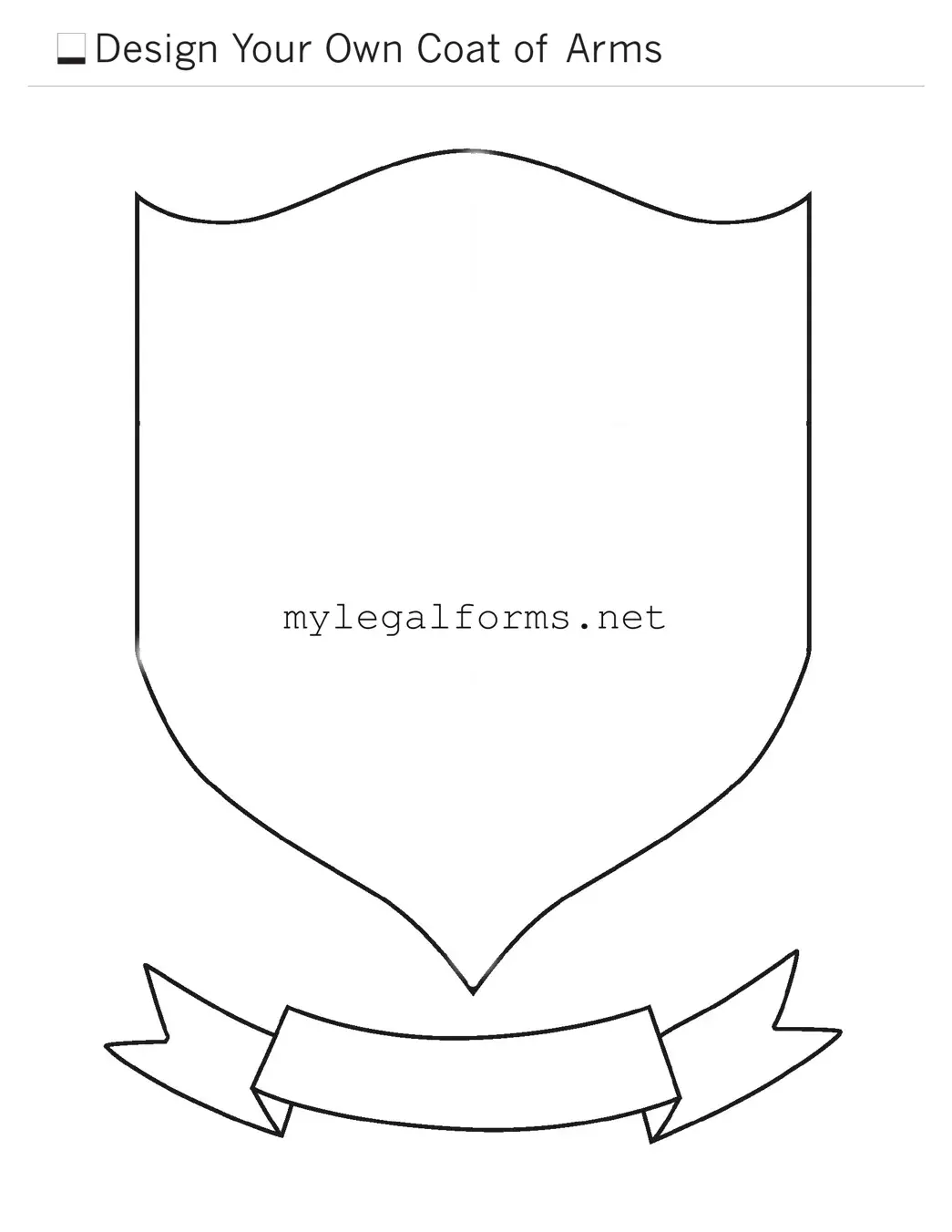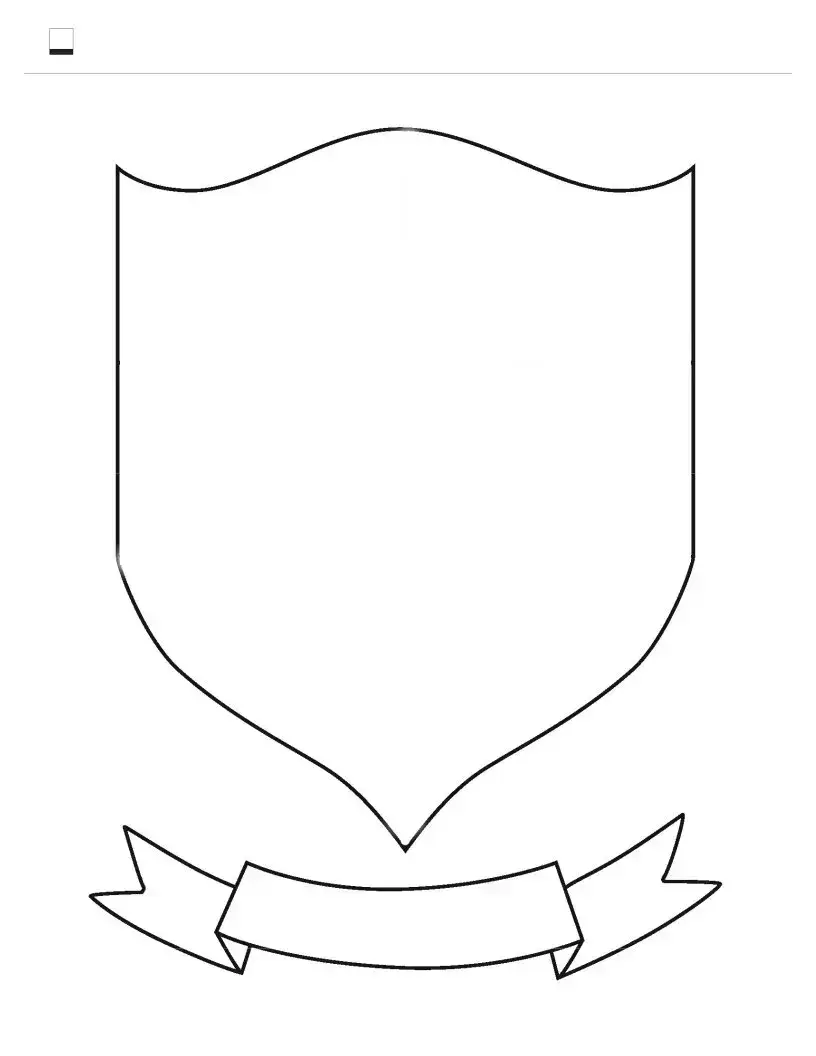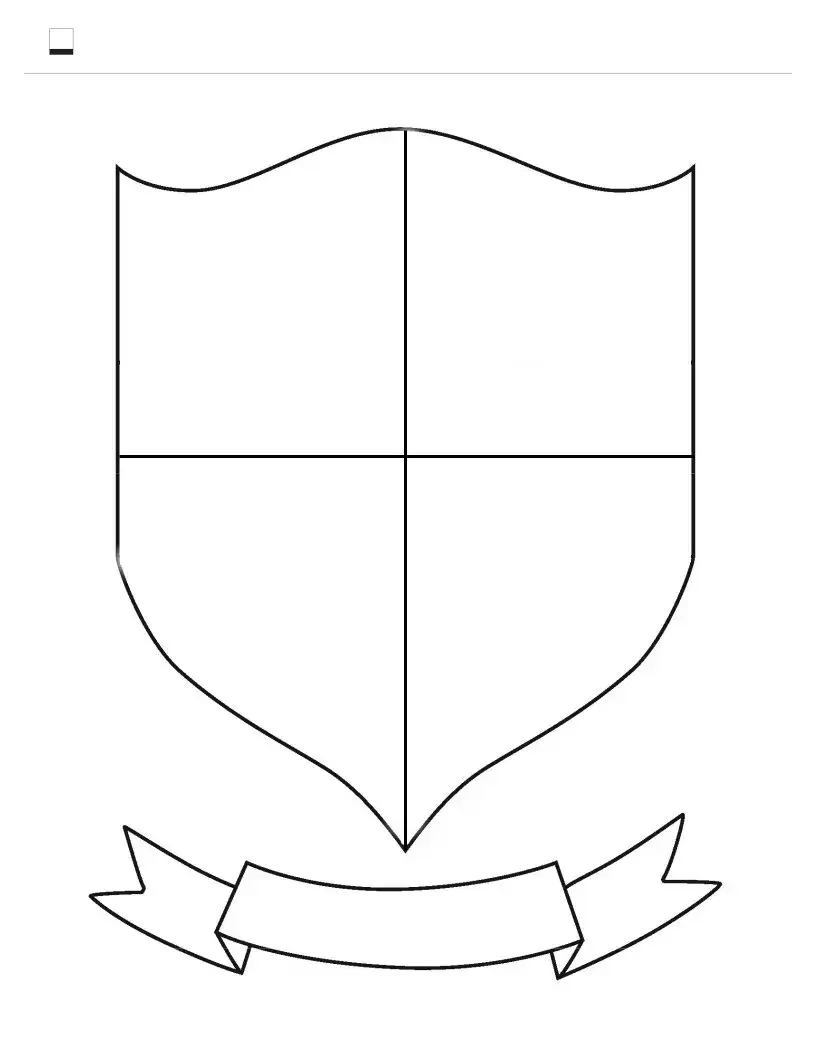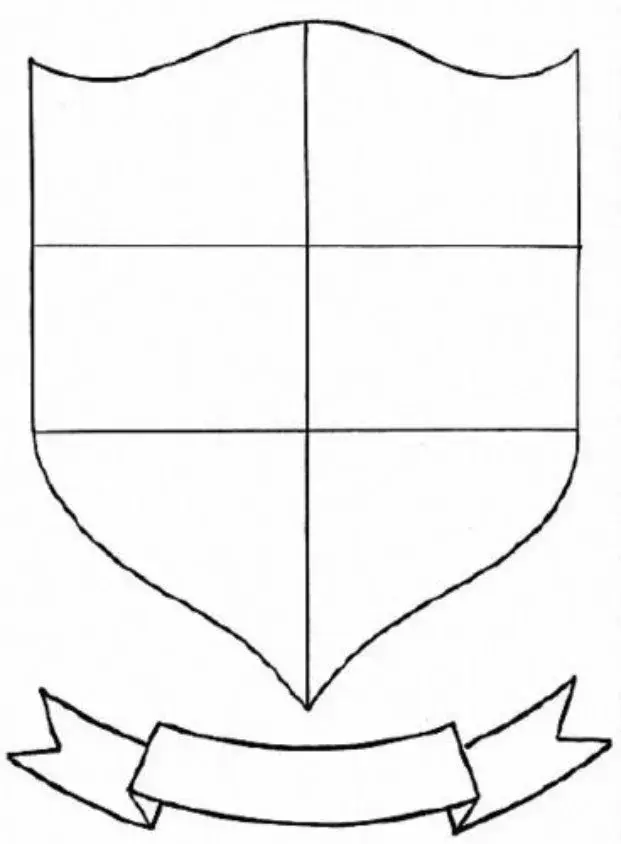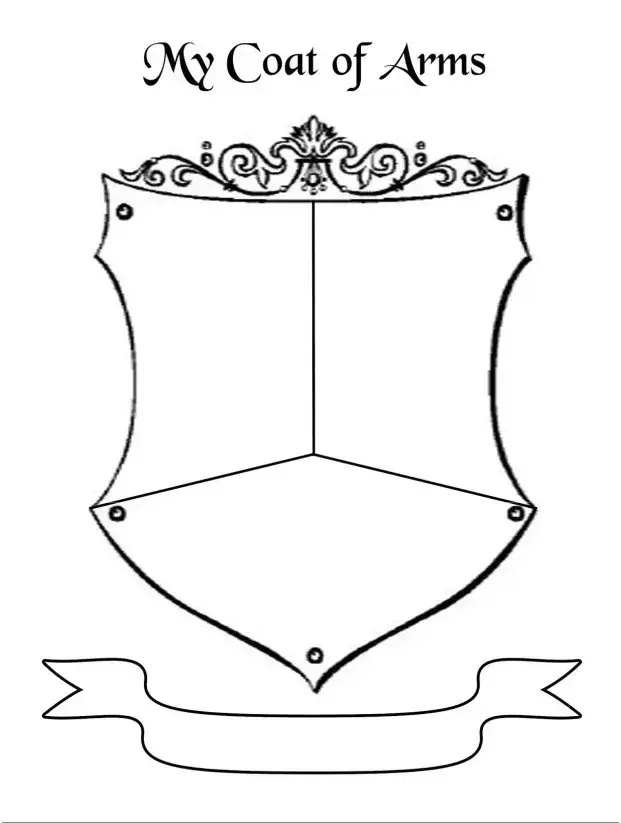Filling out a Coat of Arms form can be a rewarding experience, as it allows individuals to express their heritage and identity. However, many people encounter challenges during this process. One common mistake is overlooking the importance of accuracy in personal information. When details such as names, dates, and locations are incorrect, it can lead to confusion and delays in processing.
Another frequent error is failing to provide sufficient documentation. Many forms require proof of lineage or historical significance. Without these supporting documents, the application may be deemed incomplete. Applicants should ensure they gather all necessary materials before submission to avoid unnecessary setbacks.
Additionally, some individuals neglect to read the instructions thoroughly. Each Coat of Arms form comes with specific guidelines that must be followed. Skipping this step can result in misunderstandings about what information is required, leading to incomplete or incorrectly filled-out forms.
People also often underestimate the importance of clarity in their descriptions. When explaining the symbolism or design elements of the Coat of Arms, vague language can create ambiguity. Clear and concise descriptions help reviewers understand the intent behind the design, ensuring a smoother approval process.
Another mistake is not checking for spelling errors or typos. A small oversight can change the meaning of a name or term, potentially affecting the outcome of the application. Taking the time to review the form carefully can prevent these minor yet impactful errors.
Lastly, some applicants fail to keep a copy of their completed form. This oversight can be problematic if any issues arise during the review process. Having a personal record allows individuals to reference their submission and address any concerns that may come up later.
